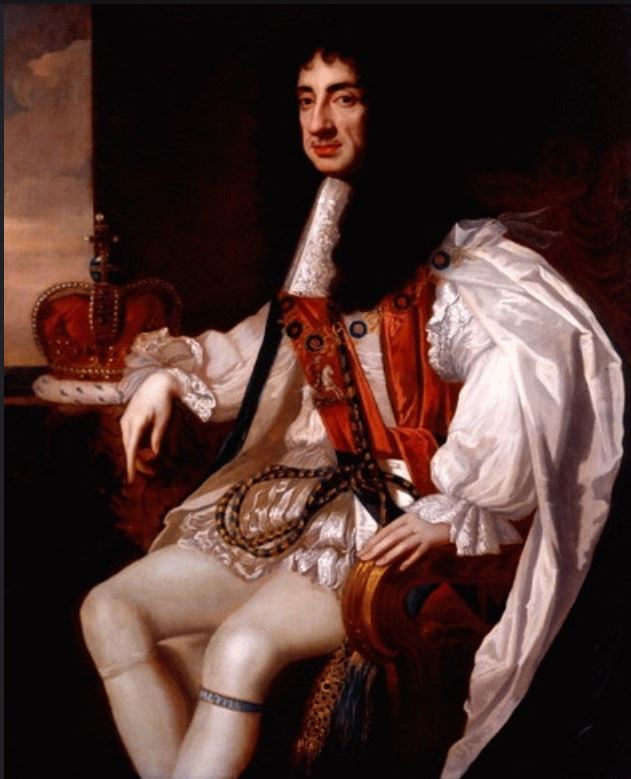
Image: Oliver Cromwell 1599-1658 (Creative Commons)
What was going on in Ireland and England from the 1640s to the 1700s?
In 1641, there had been a rebellion in Ireland against the English colonial government in Dublin. The gradual erosion of Gaelic and Anglo-Norman landownership, political power, and culture, had provoked a lot of anger within the population. In addition, the Gaelic and Anglo-Irish saw the king, Charles I, as being sympathetic to the them, whereas the English parliament was hostile to their rights. After the 1641 rebellion, the Irish Confederation had then set up a government in Kilkenny. The English government was unable to dislodge it, in part due to civil wars going on in England during this decade.
Oliver Cromwell
When the Parliamentarian rebels under Oliver Cromwell won the war and executed the king, they turned their attention to Ireland. The Parliamentarians had borrowed money to arm themselves based on the sale of Irish land. After Cromwell devastated Ireland, resulting in the loss of 60% of the population, the land was taken and sold to raise money to repay those debts or awarded to Cromwellian soldiers.
Charles II
Both Ireland and England then suffered under the very regressive religiosity of the Parliamentarians for 10 years, from 1650 to 1660. In 1660, Charles II, son of Charles I, was returned to the throne after having lived in France for that time. There was general rejoicing and people were glad to be able to dance and sing again. Charles II set up a Land Settlement commission, to try to return land to the people from whom it had been taken. There wasn’t enough land to do this, and by the end of the century, Gaelic Irish owned only about 20% of the island.

Image: Charles II 1630-1685 (Creative Commons).
Oppression of Catholics
Then, in 1685, James II, a Catholic, came to the throne, and started giving Catholics some control in Ireland. See pp. 86r & v for the edict allowing Catholics to become freemen in boroughs. This upset Irish Protestants. James II’s Protestant son-in-law, William, the Dutch Duke of Orange, was invited by the English Protestants to drive James out and take the throne. William succeeded in doing this. The oppression of Catholics was then seen as necessary to prevent them from fighting against William to bring James back. See p. 115v for the oath requiring a person to swear that they did not hold Catholic beliefs. Anyone who did not take this oath would be suspected of being a Catholic (apart from Quakers who were known never to take oaths) and an enemy of the Crown. From the late 1690s until 1829, Catholics in Ireland were severely disadvantaged and exploited.
Military events
For those who are interested in the notices detailing the movement of government troops in Ireland in this volume from 1670 (the earliest such notice in this book), here is a listing of the pages on which these can be found. The latest date is 1705.
Pages:
45r-v
58v
84r
88v
102v
104r & v
105r
106r
107r
108r
112v
115r
119v
120r
122r
sheet after 127v
128v
131v
132r & v
134v
135r
136v
143v
146v
149v
151v
155r
157v